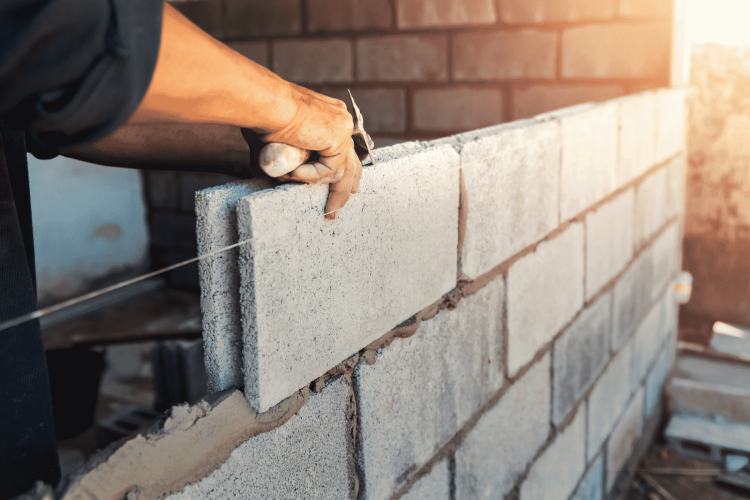Understanding the Different Types of Construction Materials for New Homes

There are many different materials needed to construct a new building. Some of the most basic ones include wood and drywall. Wood is found throughout a home’s infrastructure and can be used to hold insulation or protect electrical wires.
Other common construction materials are concrete, steel, and masonry. Architects consult structural engineers to choose the best load-bearing materials for each project.
Metals
Steel is another famous building material, and it offers several benefits.
The type of building materials you choose can significantly impact the overall cost of new homes Wichita. Poor-quality materials can lead to higher repair costs and increased labor expenses. In contrast, high-quality construction materials can help you stay within your budget and ensure the project is completed on time.
Wood
Wood is one of the most commonly used building materials in the world. It is a renewable resource that can be grown and harvested sustainably to minimize deforestation. It also has a lower carbon footprint than other materials.
Wood is naturally resistant to electricity and fire and provides insulation to keep buildings warm in winter and cool in summer.
Timber can be framed with traditional lumber or modern engineered wood products such as cross-laminated timber (CLT). The latter can be constructed on-site or prefabricated in a factory. The wood construction allows for a more flexible design, making additions to the structure easier than with brick and other heavier materials.
Although wood construction has some drawbacks, including its vulnerability to rot, mildew, and mold, many benefits exist. It can be more cost-effective than other materials and easy to work with. It is also very durable and can last for centuries if properly maintained.
Steel
Steel is a highly versatile construction material that offers many benefits to building projects. It can be fabricated on-site to exact specifications, reducing the need for costly materials ordered and delivered from offsite locations. This can cut overall project costs and help ensure that your building will be a good fit for its intended use.
Another benefit of steel is that it is fire resistant, meaning there will be less damage and structural deterioration during a fire incident. This will save you money in the long run because you won’t have to repair your building as often as a wooden structure.
Steel buildings are also built to withstand natural disasters like earthquakes, hurricanes, tornadoes, high winds, heavy snowfall, and flooding. This makes them a safer option for you and your family to live in and will also increase the value of your home or commercial property.
Concrete
Concrete is a composite material that mixes cement with sand and crushed stone aggregates. When reinforced, it can withstand the weight of a building and remain durable in extreme conditions.
It resists rot, mold, and fire. It also offers soundproofing properties. Concrete is one of the most sustainable construction materials, often produced locally, reducing transport costs and carbon emissions.
Homeowners who are concerned about the environment would find it a great choice. Green homes use concrete in their walls, and insulated concrete forms (ICFs) offer added insulation for improved energy efficiency. Concrete’s low permeability reduces building energy needs for heating and cooling. It is also an excellent insulator, preventing energy loss. It’s also highly resistant to seismic activity, wind, and fire. This is why it’s commonly used for foundations, walls, and supports. It is durable and can be molded into different shapes.








